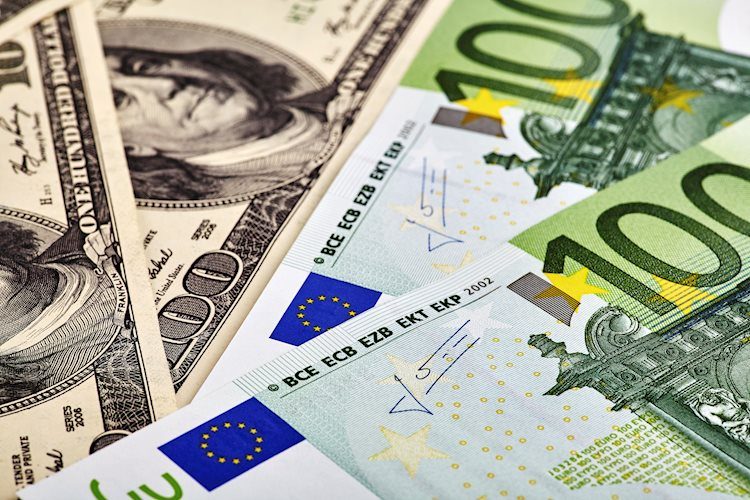The EUR/USD pair faced a bearish trend on Friday, as the Dollar Index saw a general uptrend that continued to put pressure on the Euro. This resulted in the pair trading near the 1.0800 handle, showing little signs of a bullish recovery. The Euro has been facing a downward trend for the past four weeks, moving further away from the peak it reached in late September just above 1.1200.
As the new week begins, European markets will observe Daylight Savings Time, leading to a shift in market hours. The focus for Euro traders will be on Wednesday’s European growth update, where Pan-EU GDP growth is expected to remain steady in the third quarter at 0.2%. Additionally, the annualized growth figure is projected to rise from 0.6% to 0.8% YoY. Later in the week, on Thursday, preliminary HICP inflation data for October will be released, with headline EU HICP inflation expected to increase to 1.9% YoY from the previous 1.7%.
For US Dollar traders, next week poses significant events, with the US PCEPI figures set to be released on Thursday, followed by the monthly US Nonfarm Payrolls data on Friday. Core US PCEPI is anticipated to have risen in September to 0.2% MoM compared to the previous month’s 0.1%. US NFP net job additions are expected to slow down to 140K net new jobs in October from the previous month’s 254K print.
The EUR/USD pair currently trades below the 50-day EMA and 200-day EMA, indicating a bearish sentiment. Recent price action shows a strong downward momentum since early October, with the price breaking below key EMA levels. The current price near 1.0795 is at a support zone, suggesting a potential pullback towards the 1.0899 resistance level if the support holds. However, failure to break higher could lead to further downside pressure. The MACD histogram indicates weakening negative momentum but remains in bearish territory, highlighting the control of sellers. Smart Money Concepts traders may notice a potential accumulation for a pullback, but the overall structure remains bearish unless key resistance levels are reclaimed.
The Euro, used by 19 EU countries in the Eurozone, is the second most traded currency globally after the US Dollar. The European Central Bank (ECB) in Frankfurt manages the Eurozone’s monetary policy, primarily focusing on maintaining price stability. Inflation data, especially measured by the HICP, influences the Euro, with higher inflation potentially leading to interest rate hikes. Economic indicators like GDP, PMIs, and consumer sentiment surveys impact the Euro’s value. Additionally, the Trade Balance, measuring exports and imports, significantly affects the Euro, with a positive balance strengthening the currency.
In conclusion, the EUR/USD pair faces a bearish trend as the Dollar continues to gain strength. Euro traders will pay attention to upcoming economic updates, including GDP growth and inflation data. US Dollar traders await the release of the PCEPI figures and NFP data next week. The Euro’s value is influenced by various factors such as inflation, economic data, and the Trade Balance. Overall, the Euro’s performance against the Dollar depends on these economic indicators and market trends in the coming days.










